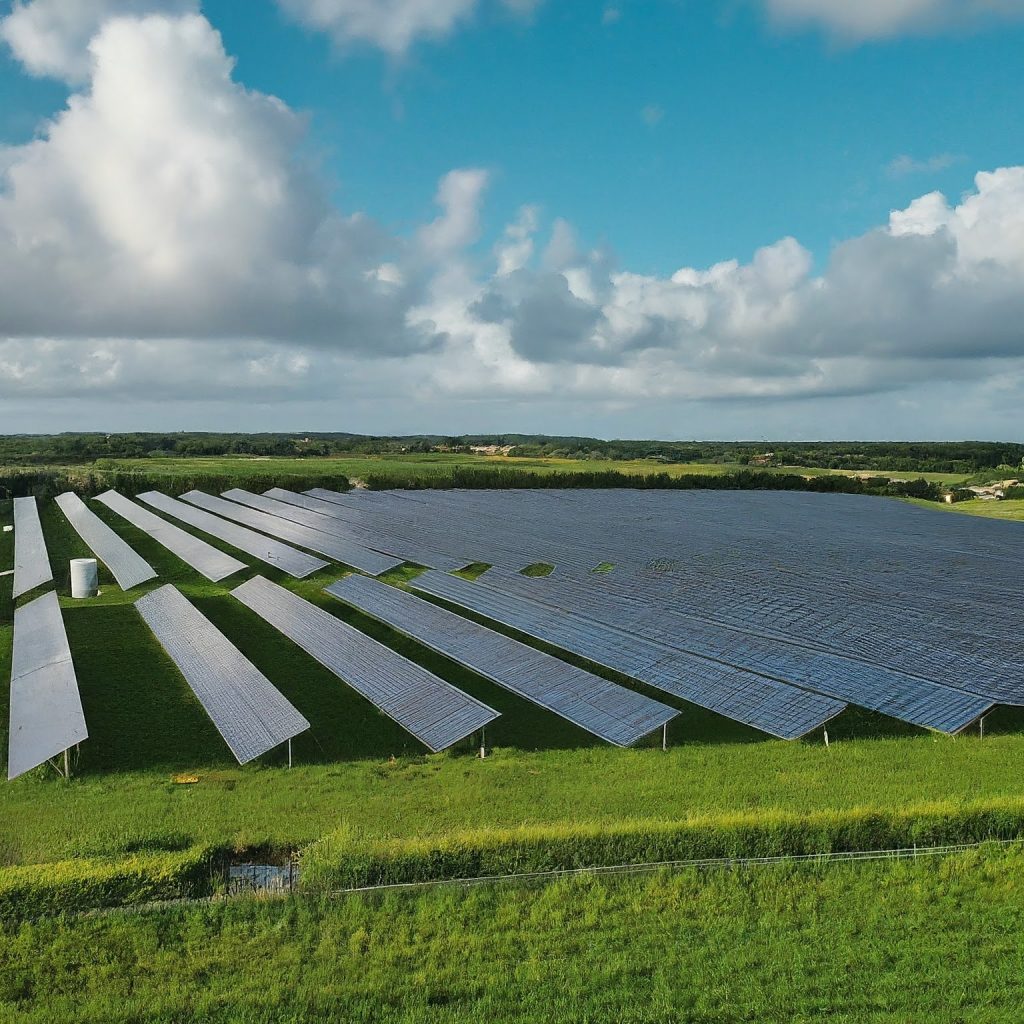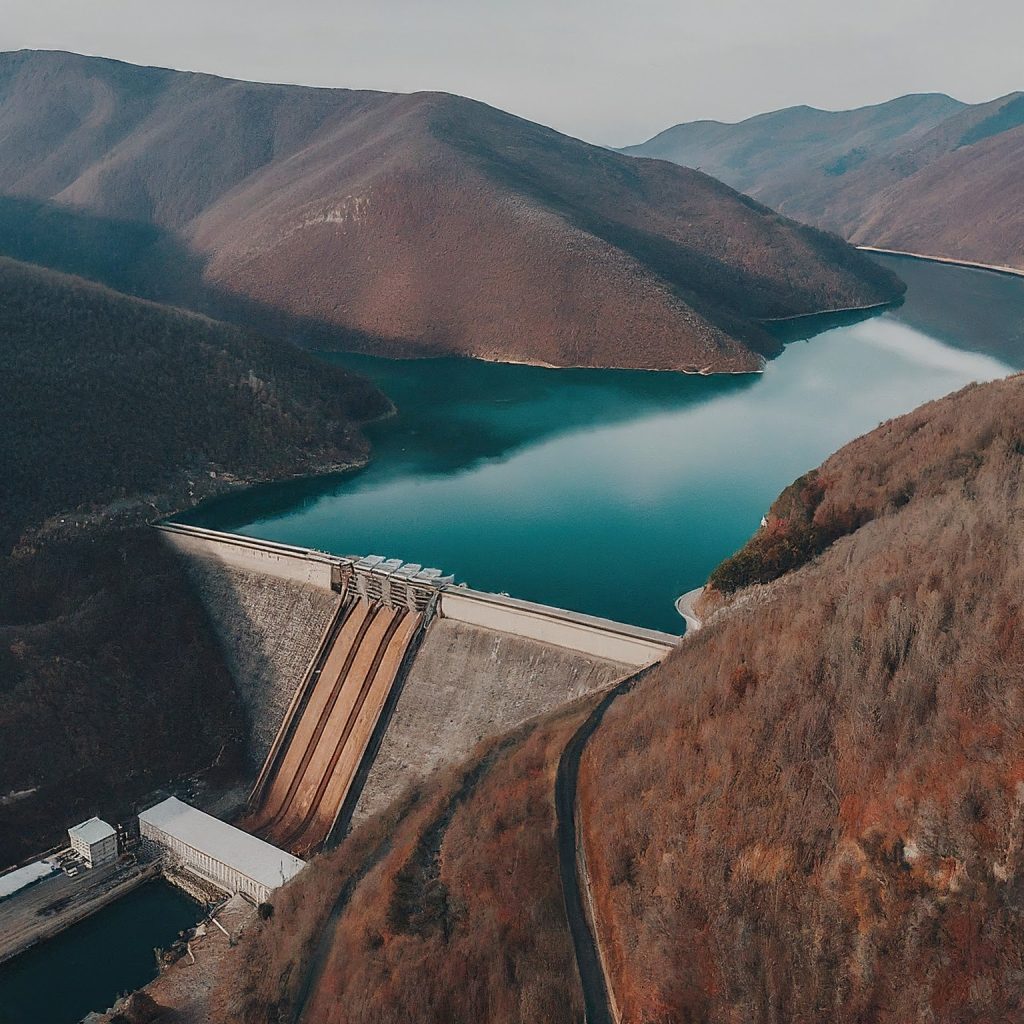
The world faces a critical crossroads. Our dependence on fossil fuels is driving climate change, and ensuring a sustainable energy future requires a dramatic shift towards renewable energy sources. However, integrating these variable sources – solar, wind, geothermal, etc. – with the existing grid presents challenges. This is where Integrated Energy Solutions (IES) come in, offering a holistic approach to a clean and reliable energy future.
The Rise of Renewables and Integration Challenges
Renewable energy is on the rise. Solar and wind power are becoming increasingly cost-competitive with fossil fuels, driven by technological advancements and government incentives. According to the International Renewable Energy Agency (IRENA), the global renewable energy capacity reached a record high of 2,800 gigawatts (GW) in 2022 [1].
However, integrating these variable sources with the traditional grid poses challenges. Solar panels only produce electricity during daylight hours, and wind turbine output fluctuates with wind speed. This intermittency can disrupt grid stability.
Real-world example: In some regions with high wind power penetration, like Northern China, managing the variable output has led to curtailment – situations where wind farms have to be partially shut down due to grid limitations [2].

Integrated Energy Solutions: A Holistic Approach
Integrated Energy Solutions (IES) offer a comprehensive strategy for overcoming these challenges. Here are some key components:
- Diversification of Renewable Sources: IES goes beyond a single source like solar or wind. By incorporating a mix of renewables with different generation profiles (e.g., hydropower for baseload, solar for daytime peak), the system gains stability and resilience.
- Energy Storage: Excess energy generated during peak production periods can be stored in batteries or other technologies for use during periods of low renewable output. This helps to smooth out fluctuations and ensures a reliable supply.
- Smart Grids: These intelligent grids use advanced communication and automation technologies to optimize energy flow and distribution. They can integrate diverse energy sources, manage demand dynamically, and improve system reliability.
- Energy Efficiency: A core principle of IES is reducing overall energy demand through energy-efficient buildings, appliances, and industrial processes. This minimizes the required energy generation capacity, making the system more sustainable.
- Decentralization: Traditional energy systems rely on large, centralized power plants. IES can include distributed energy resources (DERs) like rooftop solar panels and small wind turbines, empowering communities and businesses to generate their own clean energy.
Real-world example: Denmark, a leader in wind energy integration, has successfully combined wind power with other renewables, energy storage, and a smart grid. The country enjoys some of the highest wind penetration rates globally while maintaining grid stability [3].
Benefits of Integrated Energy Solutions
Moving towards IES offers a multitude of benefits:
- Reduced Greenhouse Gas Emissions: By maximizing renewable energy sources and minimizing fossil fuel dependence, IES plays a crucial role in combating climate change.
- Enhanced Energy Security: Diversification and decentralization of energy sources reduce reliance on imported fuels and improve energy independence.
- Improved Grid Reliability: Smart grid technologies and energy storage enhance the ability to manage fluctuations and ensure a stable electricity supply.
- Cost savings: Increased energy efficiency and advancements in renewable technologies can lead to lower overall energy costs for consumers.
- Increased Resilience: Decentralized energy generation makes the system less vulnerable to disruptions from extreme weather events or infrastructure failures.
The Road Ahead: Challenges and Opportunities
While IES offers a promising path forward, challenges remain. These include:
- High upfront costs for some technologies, like energy storage systems.
- Policy frameworks need to be adapted to encourage investment in and integration of diverse energy sources.
- Upgrading existing grid infrastructure can be a complex and lengthy process.
Despite these hurdles, advancements in technology, growing public and private investment, and supportive government policies are accelerating the adoption of IES.
Community initiatives: Examples include microgrids – localized energy systems combining renewables, storage, and smart management – that are being piloted in communities around the world, empowering local populations and fostering energy independence [4].
The future of energy is integrated. By embracing Integrated Energy Solutions, we can unlock a clean, reliable, and sustainable energy future for generations to come.
Cited Sources
[1] International Renewable Energy Agency (IRENA): https://www.irena.org/
[2] IPCC: Integration of Renewable Energy into Present and Future Energy Systems https://www.ipcc.ch/report/renewable-energy-sources-and-climate-change-mitigation/
[3] Danish Energy Agency: https://ens.dk/en (Danish language, but information on Denmark’s energy sector is available in English on other sources)
[4] Institute for Local Self-Reliance: Community Microgrids

Dwayne Paschke specializes in writing, management, development, design and Search Engine Optimization. Although he has worked for 8 years in the industry, he never found an ideal person to work with as a partner. Later, he found Sebastian Pearson, and they both found specific understanding between them. Both of them divided their tasks in this project and are running this venture successfully.
